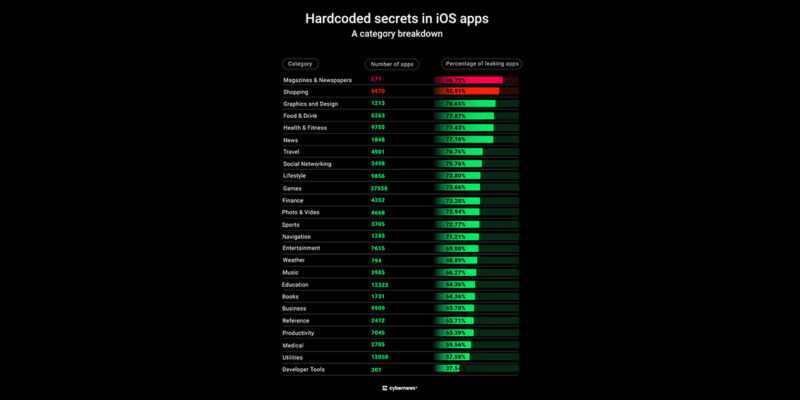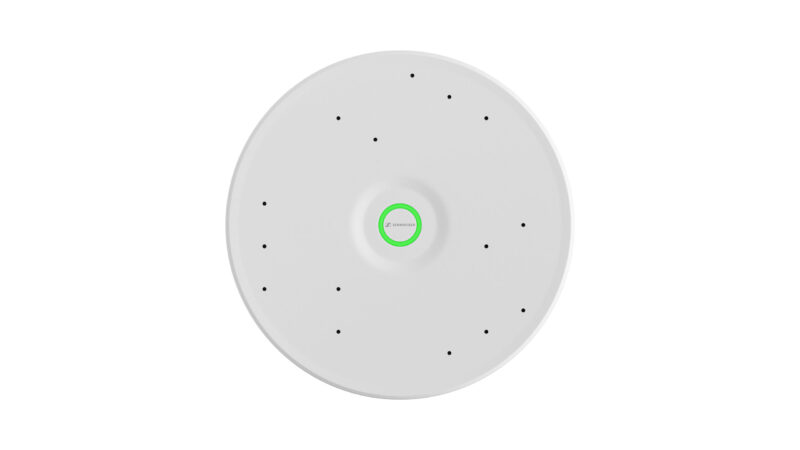Rebooting Innovation: Lessons from the Wild

I always thought I was going to be a veterinarian. As such, in college I studied Zoology. It’s a far cry from where I ended up here in technology for sure. Somehow though, things always seem to come full circle.
Just like Biology, technology is punctuated by bursts of evolution. First macro, then micro, and then macro again. The micro phases are typically continual improvements or small additions to existing products, while the macro phases give us much more.
Take the popular example of the iPhone. In 2007 Apple introduced the iPhone 1G and changed the mobile device landscape. As a reminder, take a look at the iPhone vs the Blackberry, which had been the defacto standard of the high end mobile device.

The launch of the iPhone had people gasping, oohing, and aahing. It changed the world of mobile technology. It was macro evolution.
Now think about what has happened at Apple since. Gradual improvements on top of gradual improvements, with a new size or two thrown in here or there. Heck, even the iPad is just a large iPhone. Even after 9 years nothing much has changed. Don’t agree? Take a look at the iPhone evolution.
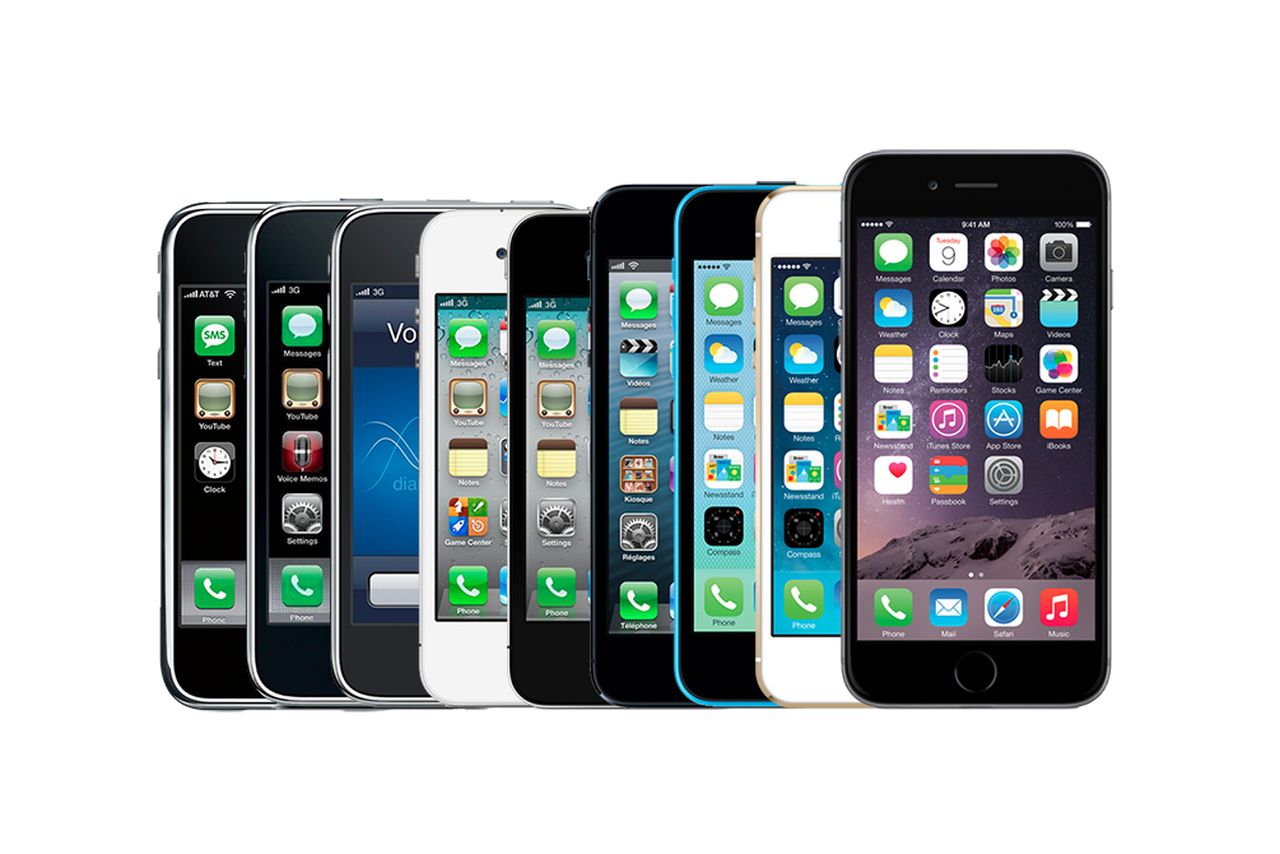
Left to right the evolution over 9 years from iPhone 1 to iPhone 6. Definitely micro.
So why has the Apple evolution gone from inspired oohs and aahs to stifled yawns? Why are they stuck in micro evolution? Apple is just one example. We see similar trends all over in technology.
So the question is, how do we reboot innovation?
Let’s stick with iPhone example for now since it’s one everyone is familiar with. However troubling a 9 year period of micro evolution may be at one company may be, it is worse when that same trend permeates the whole product category as a whole. iPhone changed the landscape and set a standard that every other major mobile device manufacturer started chasing. Remember the Blackberry vs iPhone 1 picture above? Well compare that to today. Take a look at the iPhone vs. the Samsung Galaxy, the other market leading smart phone today.

As you can see, it’s now very hard to tell the difference.
Back to Biology and a term you may or may not be familiar with:
Interspecific Competition
“Interspecific competition, in ecology, is a form of competition in which individuals of different species compete for the same resource in an ecosystem” (e.g. food or living space, or in this case, the dollars of a smart phone buyer)
If one species is superior to the other it will displace the others. Think of iPhone as that dominant species. It came into the ecosystem with a unique genetic advantage and quickly displaced many traditionally strong competitors. In order to survive, competitors had to adopt two strategies also with biological roots.
Mimicry is common in species that need to adapt to survive and it is common in technology as well. If people want devices that look like iPhones, then make your device look more like an iPhone.
Niche Differentiation is another way that species adapt to ensure they continue on. “If competition avoidance is achievable, each species will occupy an edge of the niche and will become more specialized to that area thus minimizing competition.” One reason that the iPhone and the Galaxy can be so similar in look, function and price and yet achieve codominance in the mobile space today is that they occupy different niches. Those niches are defined by iOS and the Android. If those two operating systems did not exist, the two products would have had to diverge in other ways to maintain share, so the existence of the dual OS environment is actually hindering hardware evolution.
Islands of Innovation
Every Zoology student is quickly introduced to two locations in the world. Galapagos and Madagascar. It is no coincidence that these locations both consist of islands.
Darwin’s work on natural selection was spurred by what he found on the Galapagos archipelago. For those not familiar, he found finches. Not groundbreaking in itself I know. However, based on differences in the islands’ food sources, the finches diverged to become several species with uniquely adapted beaks best suited to capitalize on the food source at hand and minimize competition between the ground and tree finches as well.
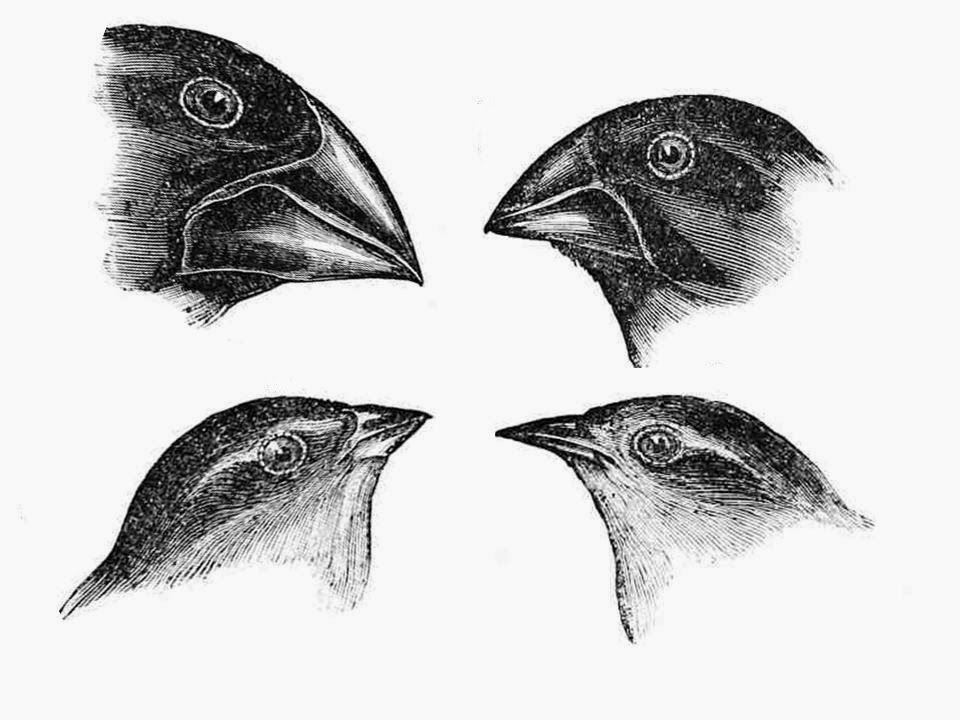
The lemurs of Madagascar show similar adaptations to capitalize on food sources as well, and pockets of populations on the same island were separated by geography, creating opportunities for divergent evolution there as well. The Aye-Aye is an example of how one species developed large teeth to bite into trees and a long bony finger used to locate and fish out the insects inside. It’s the primate equivalent of a woodpecker.
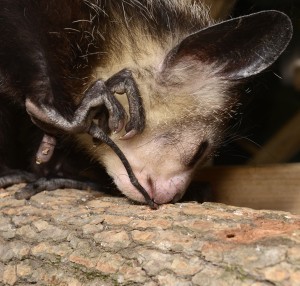
Only isolation of this type can produce rapid innovation. The species must be separated from the general population and placed in a new environment that presents a unique challenge. Then the innovation happens. If Jobs had accepted a job at IBM, and surrounded himself with existing engineers who already had predetermined ideas about what a computer “should be”, would he have ever been able to innovate in the way that he did with a few friends in his garage? The answer is no.
This is why collaboration and integration into existing culture can a double edged sword when it comes to innovation in technology. It can inspire group think and result in the sameness indicative of micro evolution like we see prominently displayed in many areas of technology including the smart phone ecosystem we have been discussing.
Genetic Diversity
One sure fire way to kill off a population completely is to put a group of similar individuals together and let them multiply. In order for any type of evolution to take place, macro or micro, you need genetic diversity. There must be a variety of traits present so that the advantageous ones have the opportunity to rise to the top and solve problems. Genetic diversity is the key to a healthy and resilient population. If you have it, isolation can breed innovation. If you don’t, isolation can kill the population altogether.
There is a lot of chatter in many sectors of technology right now, from gaming, to UX development, to Audio Video, about how to attract new talent and young talent. The reason that this chatter is so important, as it is the influx of this new blood that will fuel the next round of macro evolution.
Introducing new individuals into technology teams with existing veterans and sequestering them to solve unique challenges will provide the new perspectives, diverse talent, and ability to execute that will be needed to launch the next technology revolution. I knew my Zoology classes would come in handy someday.
Have a thought on innovation and the parallels to nature? Share it in the comments below.




